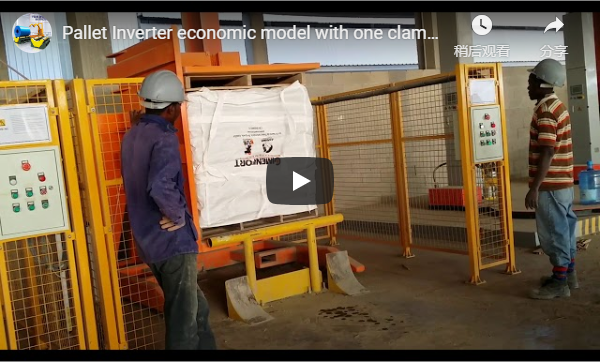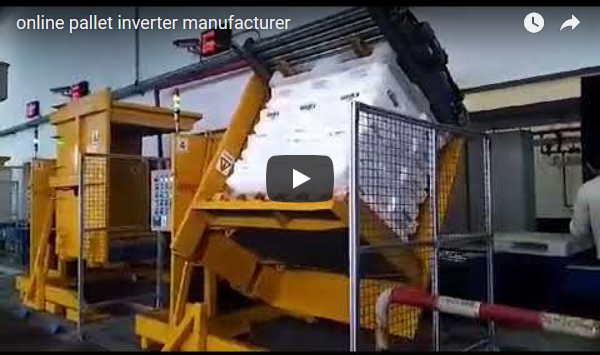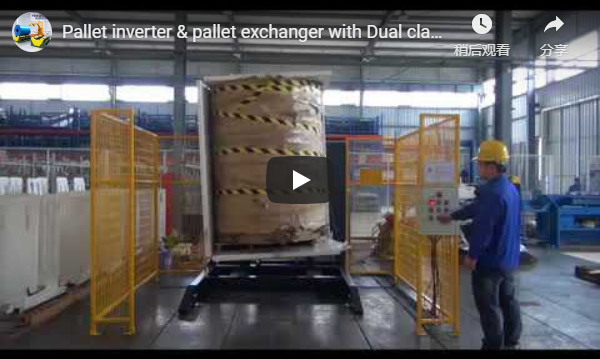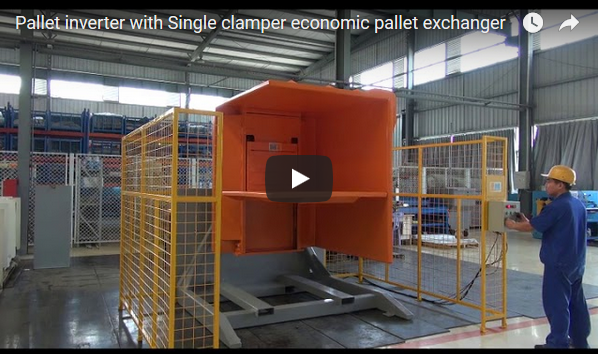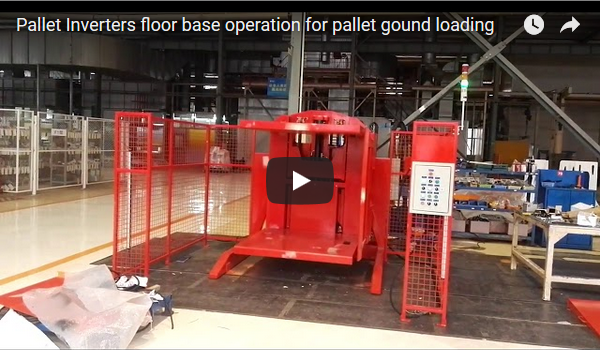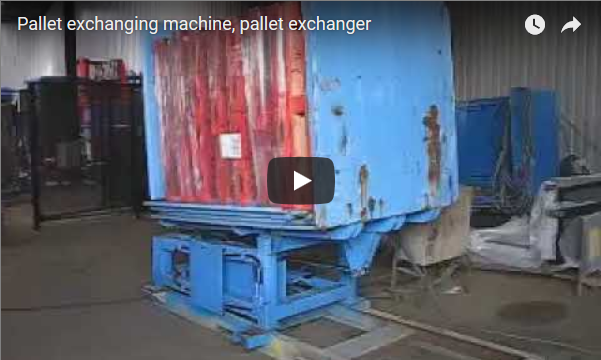Streamlining Logistics: The Role of Pallet Changer and Pallet Inverter Equipment
In today's fast-paced manufacturing and distribution environments, optimizing material handling processes is critical for maintaining efficiency, reducing costs, and ensuring worker safety. Pallet changer and pallet inverter equipment represent a significant advancement in automated load transfer technology, addressing key challenges associated with traditional manual methods.
Understanding Pallet Transfer Technology
Pallet changers and pallet inverters are engineered solutions designed to transfer goods from one pallet to another or to rotate loads efficiently. While often used interchangeably, distinct types exist:
- Pallet Inverters: Typically clamp the load securely and rotate it 180 degrees, allowing the original pallet to be removed from the top and replaced. This method is ideal for exchanging broken pallets, switching to different pallet types (e.g., wood to plastic/hygienic), or inverting products for processing. Patent literature, such as descriptions found in USPTO filings, often details specific clamping and rotation mechanisms designed for load stability and speed.
- Pallet Changers/Exchangers: May utilize various methods, including push-pull mechanisms or side clamping and lifting, to slide or transfer the load directly from one pallet to another without full inversion. These are often preferred when load orientation must be maintained or for integrating into automated conveyor lines.
Key Operational Benefits and ROI
Implementing automated pallet transfer systems yields measurable improvements across several operational areas:

Enhanced Productivity and Throughput
Manual pallet exchange is time-consuming and labor-intensive. Automated pallet changers can significantly reduce cycle times, often completing a transfer in under a minute. Research published in journals like the International Journal of Production Research often quantifies efficiency gains from such automation, sometimes exceeding 30-50% improvement in handling speed compared to manual restacking.
- Reduced Labor Costs: Frees up personnel from strenuous manual tasks, allowing redeployment to higher-value activities.
- Increased Throughput: Faster cycle times directly contribute to higher processing volumes in receiving, warehousing, and shipping docks.
Product Damage Reduction
Manual handling inherently increases the risk of dropped packages, compression damage, and instability. Pallet inverters provide a controlled, secure clamping mechanism during the transfer process.
- Minimized Handling Incidents: Secure clamping prevents load shifting and potential damage.
- Cost Savings: Reduces expenses associated with damaged goods, returns, and replacements. Industry reports often highlight damage reduction as a key driver for adopting automated handling solutions.
Improved Ergonomics and Workplace Safety
Manual restacking of heavy loads poses significant ergonomic risks, leading to musculoskeletal disorders (MSDs), particularly back injuries.
- Ergonomic Hazard Mitigation: Eliminates the need for manual lifting and twisting under load, aligning with recommendations from occupational safety bodies like OSHA (Occupational Safety and Health Administration).
- Enhanced Safety Features: Modern equipment incorporates safety guarding, light curtains, and emergency stops, complying with stringent industrial safety standards (e.g., ISO 13849). Studies focusing on warehouse ergonomics consistently show a reduction in injury rates following the implementation of automated handling aids.
Operational Flexibility and Hygiene Control
These systems offer versatile solutions for various logistical requirements:
- Pallet Type Switching: Easily transfer goods between wood, plastic, metal, or CHEP pallets as needed for internal logistics, shipping requirements, or hygiene-controlled zones (e.g., food processing, pharmaceuticals).
- Load Straightening: Can be used to quickly square up unstable or shifted loads.
- Slip Sheet Operations: Some models facilitate transfer to or from slip sheets.
Technical Specifications Overview
When selecting pallet changer or inverter equipment, key parameters include:
- Load Capacity: Typically ranges from 1000 kg (2200 lbs) to over 2000 kg (4400 lbs).
- Cycle Time: Average time to complete a pallet exchange operation (e.g., 45-90 seconds).
- Machine Footprint: Required floor space for installation.
- Pallet Size Compatibility: Adjustable or specific configurations for standard and non-standard pallet dimensions.
- Power Requirements: Voltage, phase, and frequency specifications.
- Control System: Often PLC-based with user-friendly HMI interfaces; potential for integration with WMS or conveyor systems.
Applications Across Industries
Pallet changing and inversion technology is widely adopted in sectors such as:
- Food and Beverage: Transferring goods to hygienic plastic pallets for production areas.
- Pharmaceuticals: Ensuring cleanroom compatibility and preventing contamination.
- Chemicals: Handling drums, bags, and IBCs safely.
- Logistics and Distribution: Optimizing cross-docking, managing pallet pools, and preparing outbound shipments.
- Manufacturing: Integrating with production lines for finished goods palletization.
FHOPE: Partnering for Advanced Material Handling
FHOPE is a manufacturer specializing in robust and efficient pallet changer and pallet inverter equipment. As experts in packaging and material handling solutions, we collaborate closely with customers to develop systems tailored to their specific operational challenges and business goals. Our equipment is designed for user-friendliness, reliability, and seamless integration into existing workflows, embodying the principles of efficiency and safety discussed above.
For businesses seeking to enhance their material handling capabilities, exploring options like pallet changer and pallet inverter equipment provides a pathway to significant operational improvements, cost reductions, and a safer working environment.

